The Humanitarian Crisis In Burkina Faso
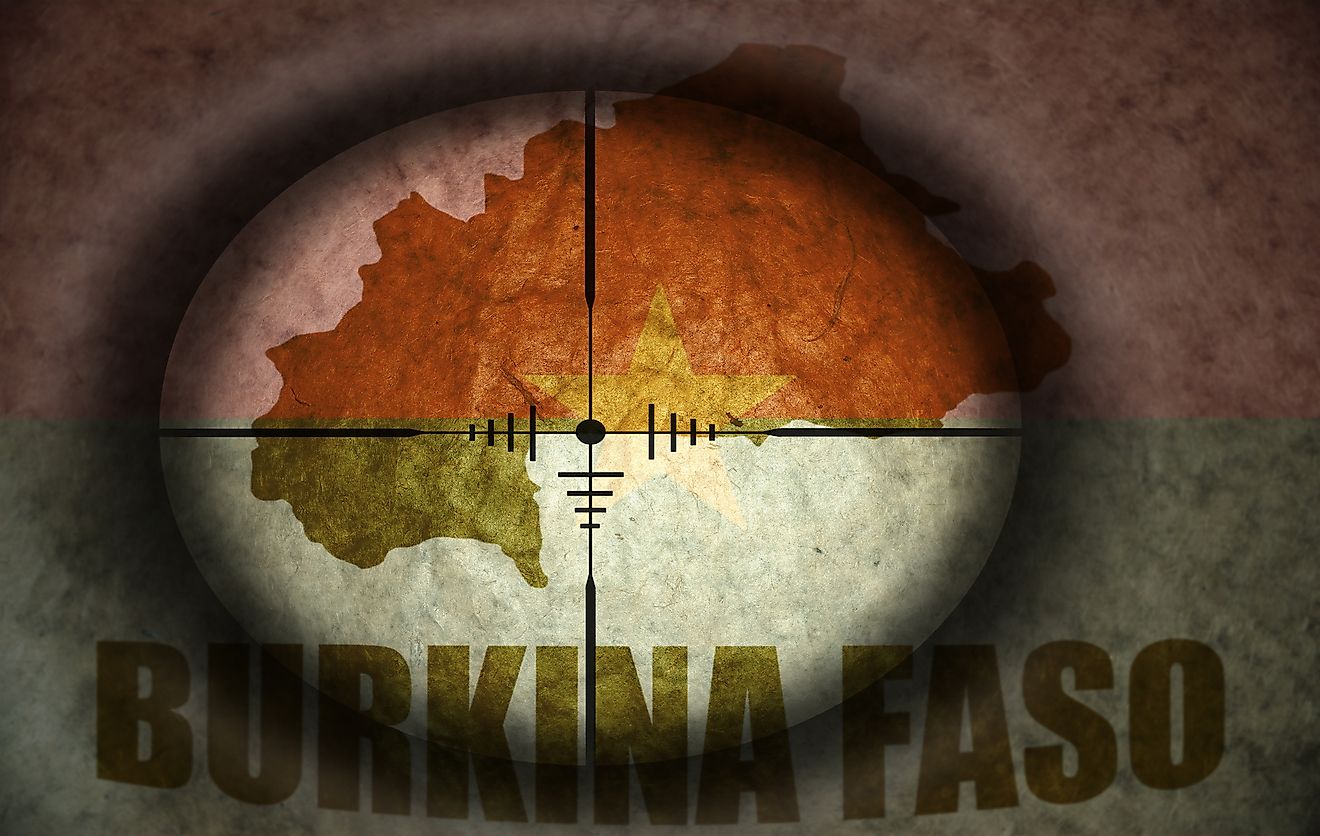
Africa is no stranger to humanitarian crises. In fact, according to the International Rescue Committee (IRC), more than half of the worst humanitarian crises in the world are occurring in African countries. One of these crises is taking place in the West African country of Burkina Faso. In the last five years, Burkina Faso has witnessed a sharp rise in violence perpetrated by Islamic extremists. Islamic extremism presents a clear and present danger to the entire Sahel region, though it has caused an acute humanitarian disaster in Burkina Faso in particular. The IRC has referred to the crisis in Burkina Faso as “the world’s fastest-growing displacement crisis.”
A Brief History Of Burkina Faso
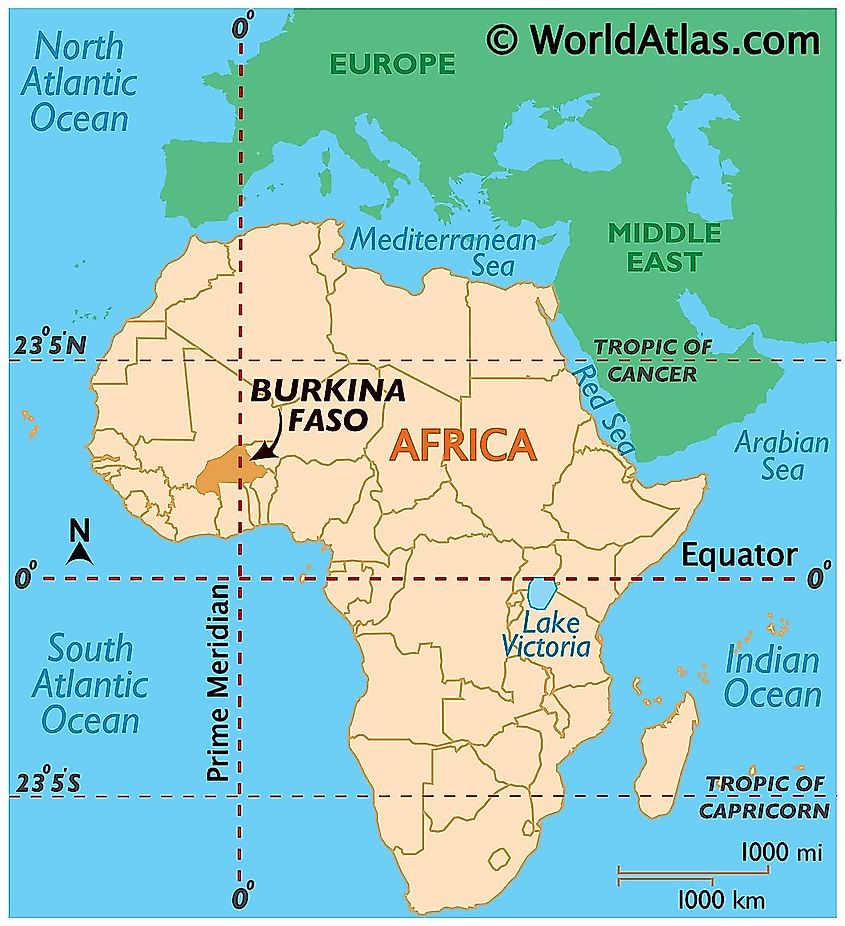
Burkina Faso is a country in Western Africa. It is bordered to the north and west by Mali, to the east by Niger, and to the south by Cote D’Ivoire, Ghana, Togo, and Benin. In 1896, the African kingdoms that made up the territory that is now Burkina Faso were merged into a French protectorate. In 1919, this protectorate gained separate status in French West Africa, and was named Upper Volta, after the river that flows from the country’s Bobo-Dioulasso highlands. In 1958, Upper Volta was given the status of an autonomous republic within the French Community. It achieved full independence two years later.
A series of coups have taken place throughout Burkina Faso’s history, especially in the 1980s. One of the coups was led by a military captain named Thomas Sankara, who changed the country’s name from Upper Volta to Burkina Faso, which literally means “land of honest people” in the indigenous Mossi language. In 1987, Sankara was overthrown by his former ally, Blaise Compaore, who would rule the country until 2014, when another military coup forced him from power. Burkina Faso made a return to democracy a year later. Nevertheless, the country has still not been able to achieve stability. In 2016, Islamic extremists began a series of attacks, beginning with an attack on a hotel and café in Ouagadougou, Burkina Faso’s capital, killing 29 people. The rise of Islamist terrorism over the next five years would ultimately lead to the humanitarian crisis that the country is currently experiencing.
Demographics And Ethnic Conflict In Burkina Faso
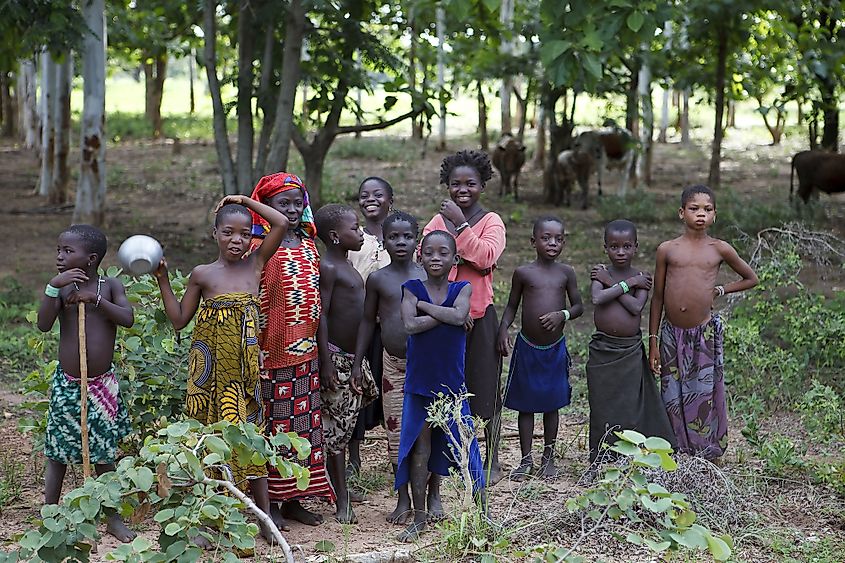
Burkina Faso is a country of more than 21.5 million people. About half of this population belong to the aforementioned Mossi ethnic group. Other large ethnic groups in the country are the Fulani, Lobi, Bobo, Mande, Gurunsi, Gurma, and Tuareg. The Mossi language is also spoken by 40% of the Burkina Faso’s population, but there are a total of 69 different languages spoken in the country. French, the language of the country’s former colonial power, is the official language. Unlike many African countries, Burkina Faso has managed to maintain a relative peace among its ethnic groups, though hostilities between groups over scarce land and water resources has occurred on occasion. The recent rise of Islamic extremism, however, has resulted in further ethnic conflict.
Islamist Groups Fighting In Burkina Faso
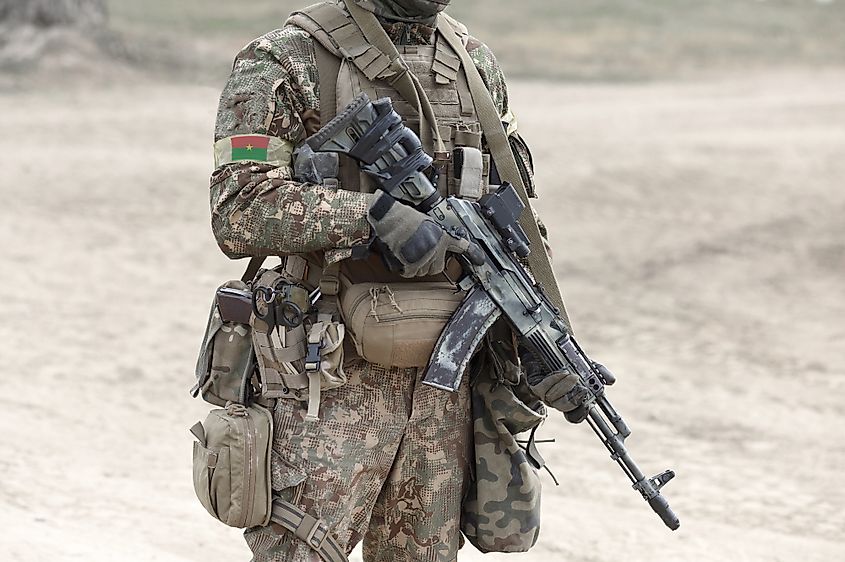
The main cause of the humanitarian crisis in Burkina Faso has been the rise of Islamic extremist groups. Several Islamist groups operate in the country. One is a home-grown group named Ansaroul Islam, which was founded by Fulani preacher named Boureima Dicko, otherwise known as Malam Ibrahim Dicko, who began preaching his extremist views in 2009. He gained a following by tapping into the long-time grievances of his fellow Fulani, many of whom believed that they were neglected by the country’s central government. Dicko died in 2017, but his teachings still live on, and have fomented hostilities between the Fulani and other ethnic groups. In many cases, the Fulani have become victims of reprisal attacks by other ethnic groups who accuse them of helping Islamic extremists. These attacks often encourage more Fulani to support the Islamists and be recruited by them. Thus, there is a vicious cycle of conflict.
Another Islamic Extremist group in Burkina Faso is known as Jama’at Nusrat al Islam wal Muslimin (JNIM), which translates as the Group to Support Islam and Muslims. This group is actually an umbrella organization for several smaller Islamist groups, including one group that is affiliated with Al-Qaeda, whose founder, the late Osama Bin Laden, masterminded the 9/11 terrorist attacks in the United States. JNIM operates mainly in Mali, but has also operated in the north and east of Burkina Faso.
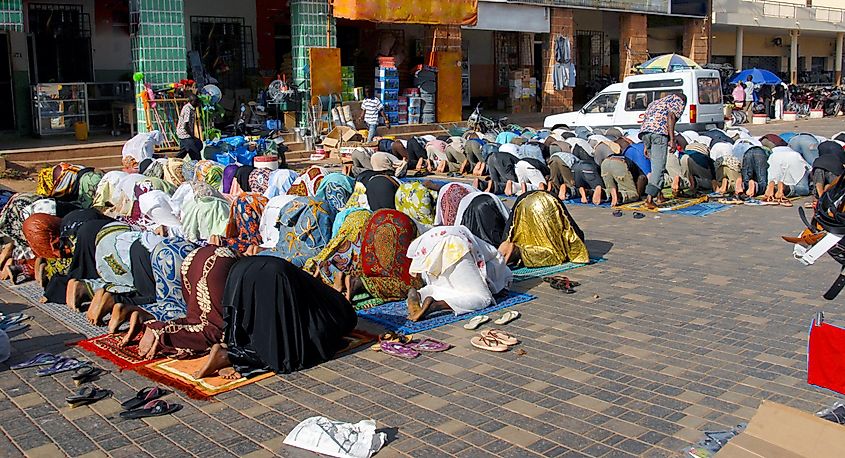
Two other Islamic extremist groups are the Islamic State in the Greater Sahara (ISGS) and the Islamic State in West Africa Province (ISWAP). As their names imply, both of these groups are affiliated with the so-called Islamic State, which has many followers in the Middle East, Central Asia, and Africa. Commonly known by the acronyms ISIL or ISIS, Islamic State once controlled vast swathes of territory in Iraq and Syria. Their local affiliates in Burkina Faso also operate in Mali and Niger. It is important to note that although the groups mentioned above all adhere to extremist interpretations of Islam, they do not have the same philosophies. In fact, these groups frequently clash with each other, adding to the violence that has created the humanitarian disaster in Burkina Faso.
International Intervention And Cooperation
The severity of the violence in Burkina Faso has attracted foreign intervention. The most significant foreign intervention has come on the part of former colonial power, France. French intervention began in 2014, with the launch of Operation Barkhane, whose goal was to combat Islamic extremist groups in the Sahel region, including not only Burkina Faso, but also Chad, Mali, Mauritania, and Niger. In 2017, Burkina Faso’s military began joint operations with French troops in the northern part of the country. Since then, confrontations between French troops and Islamic extremists have intensified. French involvement in the struggle against Islamic extremism in the Sahel, however, is due to come to an end. Recently, French President Emmanuel Macron announced that French troops would be leaving the area. The announcement comes amid the lack of success in combating Islamists in the Sahel and Macron’s desire to move away from the so-called neocolonial approach to France’s relations with Africa.
Burkina Faso has also looked to its neighbors to help it deal with the Islamist violence in its midst. In 2017, the same year that French troops began joint operations with Burkinabe troops, Burkina Faso and the other aforementioned countries of the Sahel set up the G5 Sahel Joint Force (FC-G5S). This alliance was organized at the behest of the United Nations Security Council. It is tasked, not only with fighting the Islamic extremists in the region, but also with ensuring compliance with certain human rights standards. The formation of the FC-G5S reflects the fact that Islamic extremism is a problem for the entire Sahel region.
The Humanitarian Crisis
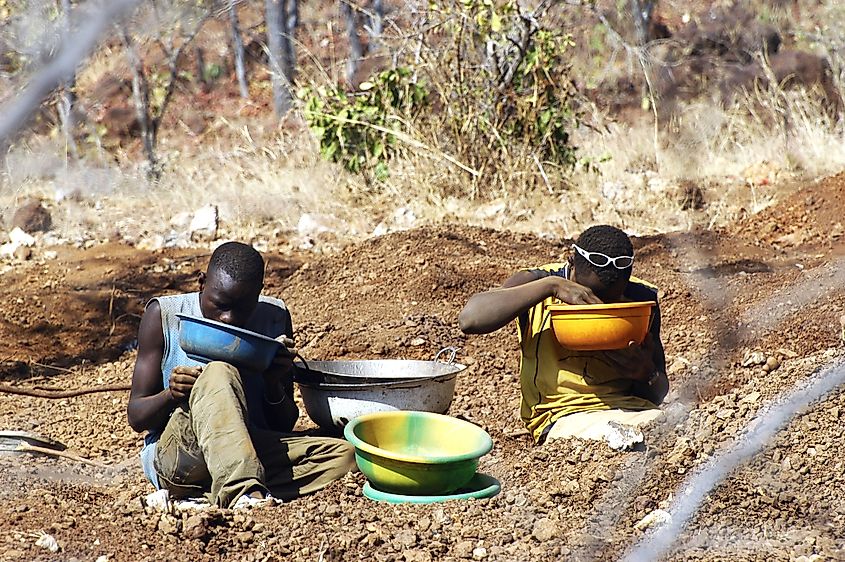
Caught in the middle of Burkina Faso’s fight against Islamic extremists are millions of suffering civilians. Before the onset of the conflict with Islamists, the country was already poor. In fact, it is among the 25 poorest countries in the world, with a GDP (gross domestic product) per capita of just $768.83. Around 80% of Burkina Faso’s population depends on agriculture as a means of making a living. More than 40% of the Burkinabe population lives below the poverty line. In addition, Burkina Faso lacks natural resources. Thus, the current humanitarian disaster has exacerbated an already bad situation.
According to the United Nations’ Office for the Coordination of Humanitarian Affairs (OCHA), there are 3.5 million people in the country that require humanitarian assistance. This is up from the 2.2 million that needed aid as of January 2020. The humanitarian disaster in Burkina Faso is concentrated primarily in the country’s north and east, the main areas of the country in which the Islamist militias operate. More than one million people have been displaced by the ongoing violence. More than 1.5 million people are in need of protection. These include children, who are at risk of being recruited by armed groups. The ongoing COVID-19 pandemic has also played a role in the humanitarian crisis. As of 2021, Burkina Faso recorded more than 10,000 cases of the disease, plus 118 deaths.
The effect of the coronavirus on the country’s population is small, however, compared to the effects of food insecurity. According to the UN’s World Food Program (WFP), an estimated 3.3 million in Burkina Faso face acute food insecurity. Much of this food insecurity has come as a result of the conflict, but another factor can also be blamed: climate change. At the same time as Burkina Faso’s conflict with Islamic extremists began, the country was already experiencing a prolonged drought. The amount of water found in the country’s wells and natural resevoirs has been declining, causing farmland to dry out quicker. In addition, the climate has changed to the extent that rains have become unpredictable, coming too early or too late for farmers that depend on them. Most people are aware that whenever water is scarce, there is less water to grow crops. Hence, less food is grown, contributing to even worse food insecurity.











